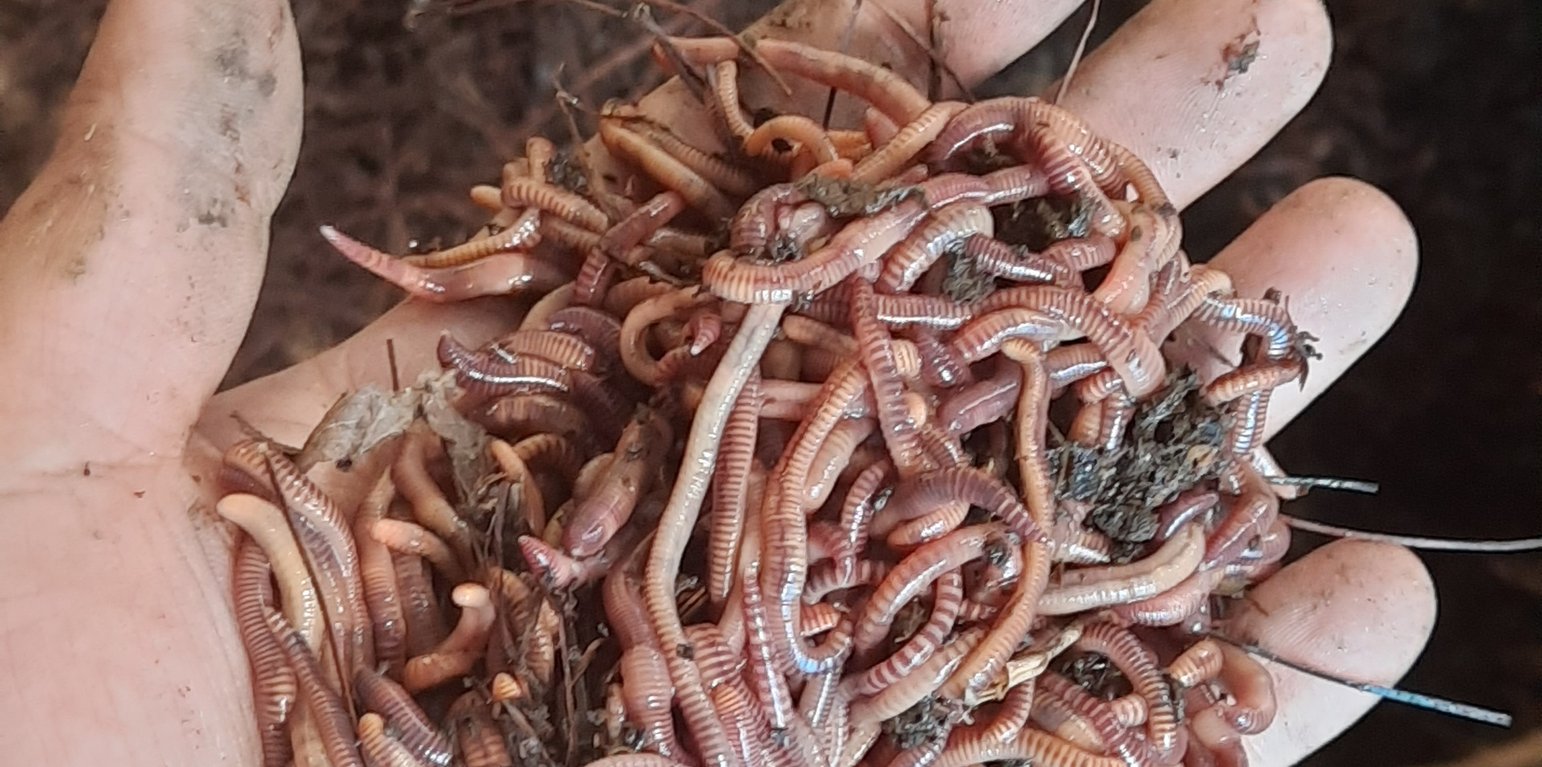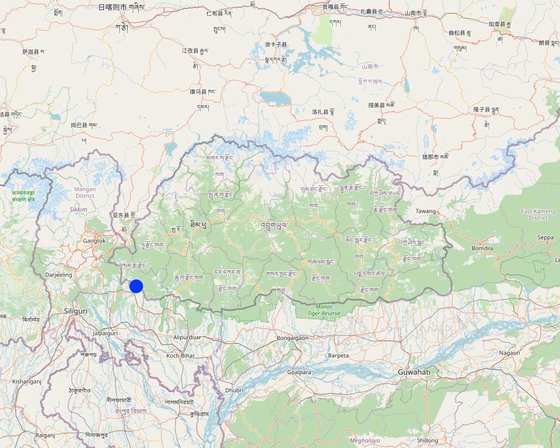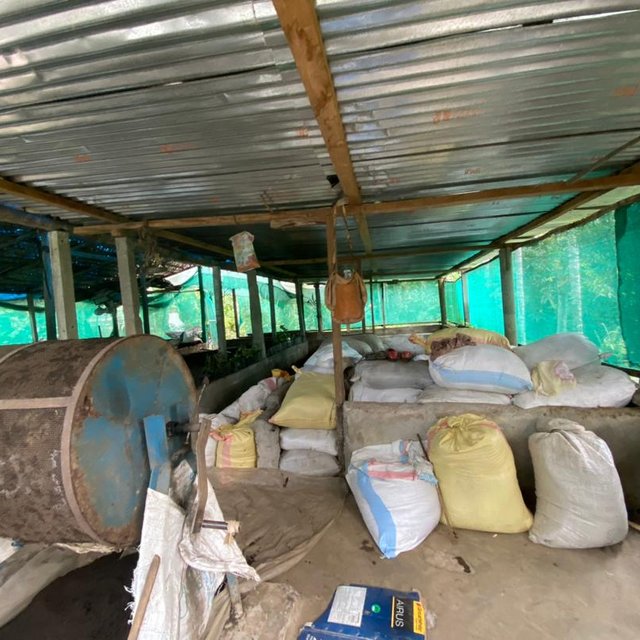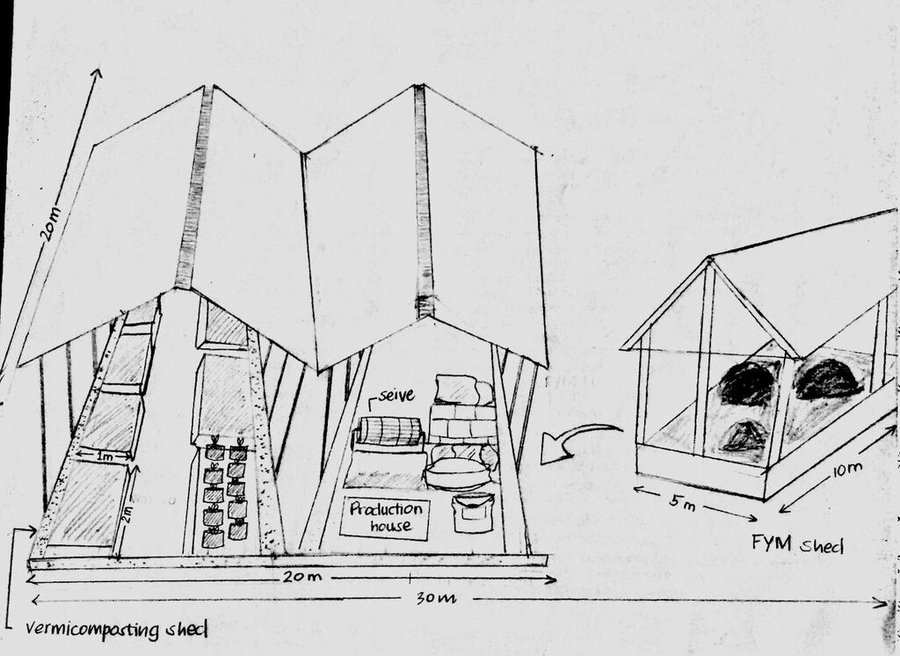



Vermicomposting is where organic wastes are broken down by redworms (Eisenia fetida or Lumbricus rubellus) and other types of earthworms. The worms produce nutrient-rich castings, which are valuable natural fertilizers for plants and enhance soil health. Vermicomposting is an effective and environmentally acceptable approach to recycle organic waste and produces a valuable resource for farming and gardening (Grant, 2021).
The raw substrate is initially ground in the gizzard to create smaller particles, increasing the surface area during the vermicomposting process. Earthworm gut microorganisms and digestive enzymes continue to work on the material to create a fine granular product that is rich in healthy nutrients and microbiota (Sharma & Garg, 2017). Vermicomposting is popular in urban gardening and horticulture, where space and resource constraints are common.
It is a sustainable and effective method for managing organic waste because it combines a number of essential traits and components. Firstly, it involves the usage of particular types of earthworms, such Eisenia fetida (red wigglers), which are renowned for their capacity to ingest enormous quantities of organic material. Maintaining optimum moisture levels, typically between 60 and 80 percent, is necessary for efficient vermicomposting. Another crucial component is aeration, which encourages aerobic decomposition and reduces odour. Vermicompost bins or beds are made with sufficient drainage and ventilation systems to do this. The ideal temperature range is between 15 o to 30 o C (Adhikary, 2012). Vermicomposting's goals and functions include waste reduction, improved soil fertility, soil restoration, sustainable agriculture, and easily accessible waste management.
Vermiculture encourages eco-friendly gardening and supports sustainable agriculture methods by limiting the use of chemical fertilizers. The initial expense and time needed to set up a vermicomposting system are two significant drawbacks. Another difficulty is the requirement for constant monitoring and upkeep, including controlling moisture levels, ensuring adequate aeration, and controlling temperature conditions. Poor environmental care can result in bad smells or even the death of earthworms.
Samtse's first and only vermicomposting facility in Norbugang gewog is performing successfully. The project, which began on a couple's farm near Bhimtar in December 2013, employs earthworms to convert organic waste into high-quality compost. It is the end result of the decomposition of organic elements by earthworms. The dzongkhag's assistant agricultural officer (ADAO) spearheaded the idea of establishing the compost plant, with assistance from the national organic program. The main substrate used for vermicomposting is cow dung and banana stems. The mixture is spread out as a bed inside the compost house for the earthworms to feed. The worms break down the mixture to produce vermicompost.
Initially, a kilogram of red earthworms (Eisenia foetida) were cultivated in a nursery. In a month, the nursery produced 10 kg, which was then employed in the project. According to Dibya Gurung, the worms needed 28 days to feed on the organic wastes in the existing compost house environment. Bhutanese farmers utilize vermicompost as a nutrient-rich organic fertilizer to enhance soil fertility and improve crop yields. This promote sustainable agriculture practices and reduce dependence on chemical fertilizers, aligning with Bhutan's goal of achieving food self-sufficiency.
There are currently 12 organic fertilizer producers in the Bhutan producing various types of compost, including vermi-compost, liquid fertilizer, bio-slurry compost, chicken manure, and EM solution. However, there is no record of a dedicated vermiculture enterprise in the nation, even though worms are required to make compost organic fertilizer, according to the National Soil Services Centre (NSSC), Department of Agriculture (DoA). For instance, the country generated 8130MT of organic fertilizers, according to the NSSC's annual report for 2021–2022 (Dorji, 2022).

Location: Norbugang, Samtse, Bhutan
No. of Technology sites analysed: single site
Spread of the Technology: applied at specific points/ concentrated on a small area
In a permanently protected area?: Nee
Date of implementation: less than 10 years ago (recently)
Type of introduction






| Specify input | Unit | Quantity | Costs per Unit (Ngultrum) | Total costs per input (Ngultrum) | % of costs borne by land users |
| Labour | |||||
| labor | per head | 7.0 | 250.0 | 1750.0 | 50.0 |
| Plant material | |||||
| Cow dung | Kg | 5000.0 | 2.0 | 10000.0 | |
| Construction material | |||||
| cement | bag | 145.0 | 290.0 | 42050.0 | |
| Bricks | piece | 4000.0 | 7.0 | 28000.0 | |
| Bamboo mat | roll | 10.0 | 3500.0 | 35000.0 | |
| Green net | roll | 6.0 | 2200.0 | 13200.0 | |
| Sand | truck | 1.0 | 3500.0 | 3500.0 | |
| stone | truck | 2.0 | 3500.0 | 7000.0 | |
| CGI sheet | piece | 25.0 | 1190.0 | 29750.0 | |
| Total costs for establishment of the Technology | 170'250.0 | ||||
| Total costs for establishment of the Technology in USD | 681.0 | ||||
| Specify input | Unit | Quantity | Costs per Unit (Ngultrum) | Total costs per input (Ngultrum) | % of costs borne by land users |
| Labour | |||||
| labor | per head | 4.0 | 500.0 | 2000.0 | |
| Construction material | |||||
| cement | bags | 8.0 | 290.0 | 2320.0 | |
| sand | bolero | 1.0 | 3000.0 | 3000.0 | |
| pebbles | bolero | 1.0 | 3200.0 | 3200.0 | |
| Green net | roll | 6.0 | 2200.0 | 13200.0 | |
| Total costs for maintenance of the Technology | 23'720.0 | ||||
| Total costs for maintenance of the Technology in USD | 94.88 | ||||
The use of vermicompost in crop production offers a sustainable approach to soil fertility management, plant nutrition, disease suppression, and pest control. By harnessing the benefits of vermicompost, farmers can improve agricultural productivity.
They can maintain the soil fertility, improve soil structure, retain soil moisture and improve soil health with improved soil micro flora.
Generate more income after the establishment of vermicomposting
They can use in their own farm (floriculture) and sell to others in market.
They need more labor for as they have increased their farm size.
Compared to before they are self -sufficient and improved status in the community
They are able to provide job opportunities for others.
The soil they used in their flower potting made of vermicompost content soil moisture.
They can use their kitchen waste for recycling
The vermicomposting soil contains extra nutrients for gardening.